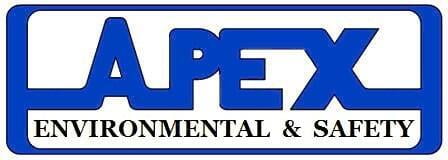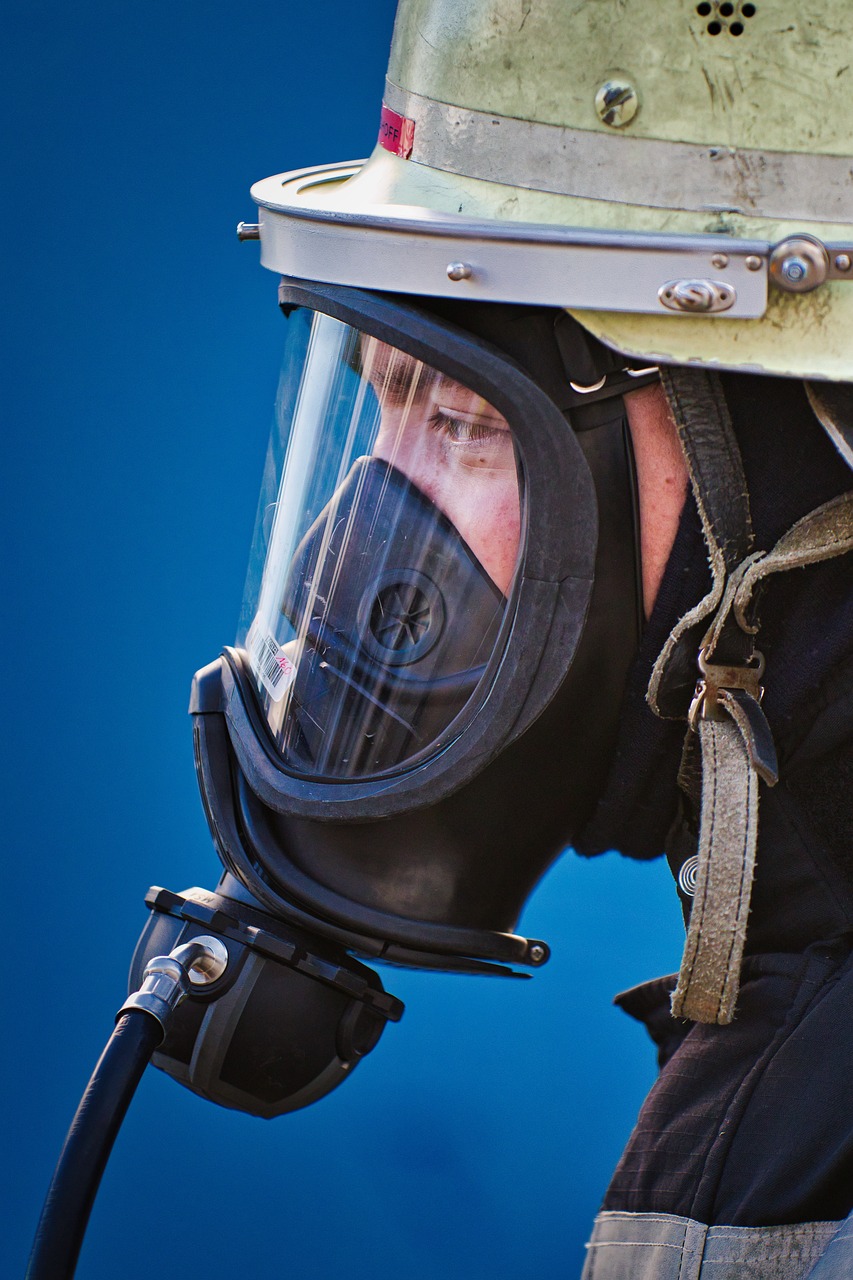Respiratory protection is vital for safeguarding workers from hazardous airborne contaminants that may pose risks to their health. Ensuring proper respiratory protection measures are in place is essential to minimize exposure and maintain a safe work environment.
Firstly, conduct a thorough assessment of workplace hazards to identify potential respiratory hazards, such as airborne chemicals, dust, or biological agents. This assessment will help determine the appropriate level of respiratory protection required for specific tasks or work areas.
Secondly, select the appropriate type of respirator based on the identified hazards and the level of protection needed. There are various types of respirators available, including filtering facepiece respirators (e.g., N95 masks), half-face and full-face respirators, and powered air-purifying respirators (PAPRs). Ensure that respirators are NIOSH-certified and properly fitted to each worker to ensure effectiveness.
Thirdly, provide comprehensive training to employees on the proper use, maintenance, and storage of respirators. Training should include instructions on how to properly don, doff, and adjust respirators, as well as how to conduct seal checks and perform user seal checks before each use.
Additionally, establish a respiratory protection program that includes regular medical evaluations, fit testing, and maintenance procedures to ensure the continued effectiveness of respiratory protection measures. Monitor workplace air quality regularly and adjust respiratory protection measures as necessary to address changing conditions or hazards.
By prioritizing respiratory protection measures and providing workers with the necessary equipment, training, and support, we can minimize the risks associated with airborne contaminants and protect the respiratory health of all employees.
Air Quality:
Maintaining high air quality is essential for protecting human health, preserving the environment, and mitigating the impacts of air pollution on ecosystems. As an organization, it's crucial to take proactive measures to improve and maintain air quality in our operations and surrounding communities.
One effective strategy for improving air quality is reducing emissions from industrial processes, transportation, and other sources. Implementing technologies and practices to minimize emissions of pollutants such as particulate matter, nitrogen oxides, sulfur dioxide, and volatile organic compounds can significantly reduce air pollution levels.
Furthermore, promoting energy efficiency and transitioning to cleaner energy sources can help reduce air pollution associated with energy production and consumption. Investing in renewable energy sources such as solar, wind, and hydropower, as well as promoting energy conservation measures, can help reduce greenhouse gas emissions and improve air quality.
Engaging in collaborative efforts with government agencies, community organizations, and other stakeholders to address air quality issues can also yield significant benefits. Participating in air quality monitoring programs, supporting air quality regulations and policies, and implementing voluntary emissions reduction initiatives can contribute to collective efforts to improve air quality regionally and globally.
Educating employees and the public about the importance of air quality and the impacts of air pollution on health and the environment can also raise awareness and inspire positive actions to address air quality challenges. By working together to implement effective air quality management strategies, we can create healthier and more sustainable environments for current and future generations.

